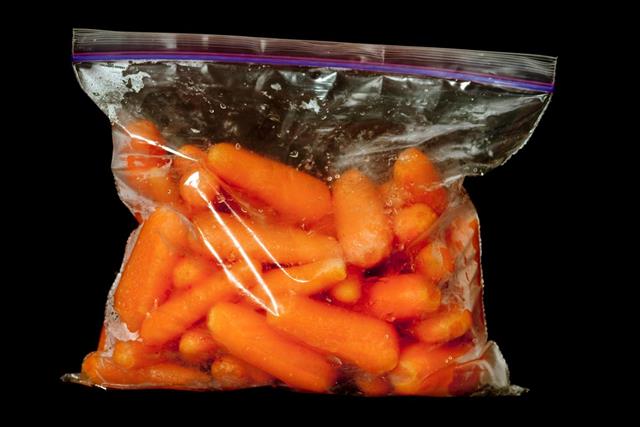
Blanching means to boil fruits or vegetables for a little while and then submerging them in ice-cold water. This article provides you with details on the advantages of blanching vegetables and fruits and how to do this.
Vegetables (or fruits) should be blanched before they are stored in the freezer. This not only helps in retaining their nutritive value, but also in preserving their color, flavor, and texture. Blanching brightens the color of some vegetables, mainly green and yellow ones. Vegetables that are not blanched have enzymes growing in them in their frozen state, which makes them more hard. They also lose their color and flavor.
Blanched vegetables require less heating; a quick sauté or stir-fry is enough. It’s a recommended way to loosen the skins of garlic, peach, tomato, and almonds, making them easier to peel.
How to Blanch Vegetables
Blanching is a popular technique used by many food enthusiasts and cooks to keep vegetables crisp and tender.
- Fill a large pot with water, adding enough salt to make it salty, and bring it to a boil.
- While the water is heating, fill a large bowl with three quarters of ice and enough cold water.
- Add the vegetables in small amounts to ensure the water doesn’t lose its boil.
- Boil the vegetables until they are barely cooked but still tender.
- Once they are done, remove them as fast as you can and submerge them in ice-cold water, before proceeding to freeze them.
- To further cook the vegetables after they are blanched, you can use any cooking method you want, like sautéing, boiling, or grilling; be careful not to cook the vegetables for too long, a second time around.
How Long to Blanch Vegetables?
This is a common doubt that arises in everyone’s minds. People know that blanching vegetables is necessary, but sometimes they blanch it for either too long, or not enough time. Given below is a list of some everyday vegetables and the time it takes to blanch them.
- Green beans for 3 minutes.
- Broccoli florets or stalks for 3 minutes.
- Brussels sprouts―small, medium and large―for 3, 4, and 5 minutes, respectively.
- Green vegetables like spinach for 2 minutes.
- Cauliflower for 3 minutes.
- Whole or baby carrots for 5 minutes; diced or carrot strips for 3 minutes.
- Corn on the cob―small, medium, and large―for 7, 9, and 11 minutes, respectively.
- Shelled peas for 1½ minutes and snow or sugar snap peas for 2 to 3 minutes.
- Zucchini slices or chunks for 3 minutes and grated zucchini for 1 to 2 minutes.
Blanching Vegetables for Freezing
If you want to have free-flowing frozen veggies as seen in the supermarket, follow these simple steps.
- Spread out the cooled, blanched vegetables on a tray and freeze them for an hour.
- Bundle them in batches in freezer bags or in airtight containers. Label them with the name of the contents and the date. Use them whenever you like.
- It is advised to freeze your vegetables in smaller amounts, rather than in a big batch.
Microwave-Blanching Vegetables
A microwave can also be used for blanching vegetables, making the idea of cooking an easier activity.
- Most vegetables can be blanched safely using a microwave. Put your desired vegetables in a microwave-safe dish or bowl covered with a glass lid, and add one cup of water to it.
- The temperature and time used for blanching depends on the kind of vegetables you are using. If the container is filled halfway with water, you can reduce the cooking time by 5 minutes.
- Submerge the vegetables in ice-cold water after blanching them. Once the vegetables cool down, drain the water with a colander.
- Place your vegetables in Ziploc bags or small airtight containers, before placing them in the freezer.
Blanching vegetables is an ideal option if you want to save its nutritive value. Blanching can also be done through boiling water, even using steam.






